|
We are going through a period of time when educators around the world are learning to understand that the more voice, choice, and ownership students have over their learning, the deeper the understanding. Educators are experimenting with the idea of allowing for as much agency as they can within their constructs. As George Couros puts it, in this blog post, "innovating inside the box." The Enhanced PYP Documents support these beliefs. The results I see from my students also support these beliefs. However, there are still concerns from many people involved. Leadership teams worry about standards, parents worry that it doesn't look the same as when they went to school, teachers worry that they aren't "covering" what they used to cover. I feel like this is a natural step as we venture in to these unknown realms of "teaching" or advising students.
As conceptual units develop and students are choosing what to dive deeper into, I find myself wondering about math. Let's say a student is "above expected grade level" in multiplying and dividing. Yes, of course they can still take this learning further. They could even explore "backwards" a little bit, with concrete items and materials to make sure they really understand the concept and are not just computing rote numbers, yes. But I am wondering if that is more important than the other areas of math that they are weaker in. This same student is not going to have some areas of math that they are weaker at. Maybe their understanding of shape and space is incredibly low, or they don't understand how to convert ml to L, or they can't convert fractions into decimals or percentages. Why should ALL students be working on the same math strand at the same time? I understand that differentiation helps with this, but still don't whole heartedly believe that this is the way forward. Students need to know how to evaluate their areas for growth and their strengths. They need to know what to do about that. Set goals. Implement strategies to reach those goals independently, collaboratively with peers, and cooperatively with advisors. They need to know who to go to for help, and when. What is available to them, and how do they use these resources to get to a point where they can pivot towards a different goal.
Now that I work at a much larger school, International School Ho Chi Minh City, my team has more opportunities to take this a step further. We have 5 homeroom teachers, an EAL teacher, and 3 TA's available to the students. At the beginning of the year I pitched an idea to my team to run all 5 math strands at one time. They liked the idea but it never really went forward. A big reason for this was a lack of a system for students to self-asses their needs for development. We did not have Mathletics logins at the time, so waited and did some more traditional inquiry-based integrated math units.
After the Winter break, we finally had Mathletics logins and our team felt ready to take a more personalized approach, but slowly. Over a few months we made sure students were acquainted with the Mathletics platform. Here is our process from there. The Mathletics curriculum they are following on the app is "PYP Phase 4" (which includes up to the end of grade 5, theoretically).
3. Teachers emailed students a screenshot of their results from the "Reports" tab.
4. Students identified for themselves what area they are low in and would like to improve first. Of course in most cases this was the clear lowest percentage. But not in all. Sometimes the lowest score was tied, and sometimes the student decided to choose their second or third lowest to work on, because that's what they wanted to improve first.
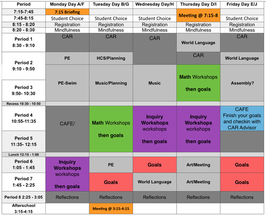
6. Students committed to a math group for at least one week.
This could look different within each math group. Personally, I made further groups/workshops within the group I was dealing with that week. For example, the first week I was leading the "Measurement - Time" group. There was too many students in "Measurement" overall, so we split it. Within the Time group I had workshops for elapsed time, time taken (time = distance/speed), and time zones. We played some games together, we talked about what is easy, what they are unsure about, and what they find confusing within the time activities. They told me what their math goal for the week was and from this I created workshops for the week. Students signed up for at least one math workshop in the week but were expected to use our math shelf, their iPad, our TA's (who are great at teaching math methods), peers, etc. to reach their math goal for the week. We have two specific math times during the week where all students working on the same math strand meet with a teacher to discuss goals like this and do some group activities or learning strategies.
6. Every Friday students fill in a Google Form confirming what their math goal will be for the following week. This is where, as a teacher, things start to get tricky. Yes, each of the five of us have chosen a strand to organize and lead. However, we all know that student needs, wants, and numbers never magically work out into 5 equal groups. The Google Form is to be filled out after meeting with their teacher to talk about their how weekly goals went that week and decide whether they are pivoting or persevering the next week.
In the beginning of this process, a lot of the goals were very limited and concrete. "I only have 30% on the time test, and my goal is to get at least 70% before I pivot." We are now at the point where the wording of these goals is too limited for them. They understand that having success criteria helps them reach the goal, but this test result should now be one of those success criteria, not the actual goal itself. This is the next step. A more open-ended goal that they can still measure success against.
4 Comments
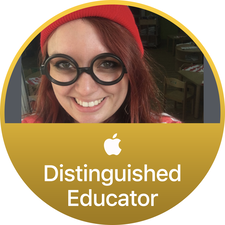
The email finally came! I was in a morning meeting at school and saw on Twitter that the #ADE2019 hashtag was starting to blow up. The alumni were receiving their emails and the applicants were eagerly refreshing their email accounts. The meeting ended and I went back to my classroom, and saw that teachers in North America were starting to get their emails. Getting closer! 2 minutes before our school-wide mindfulness was about to start, I finally got the email... written in Vietnamese (I work in Vietnam)!! I called my TA over, quite noisily, and I think she only got one word out (congratulations) before the excitement came out of my mouth, ruining any hope of 10 minutes of mindfulness. I was in!
I am so excited to be going to Australia this summer to participate in the Asia-Pacific institute! I am still in shock that this day has finally come. Below is a bit of a recount of my journey to get here, as well as my application video. A couple of years ago I was working in the UAE at a school that was applying to become an Apple Distinguished School. Because of this experience I saw huge potential in the products and programs Apple have to offer for students today. I found out about the Apple Distinguished Educator program and immediately set it as a goal. The ADE class of 2017 had just been announced and I was excited to get going. I read all of the details and promised myself to prepare to apply for the class of 2019. As I read, I found out about the three main areas to focus on for the video application.
I started collecting screenshots, photos, and videos of student work. I set up this blog, joined Twitter, and really focused on transforming the learning experiences for my students. Extending my reach in this way gave me connections I never thought possible. This alone was already helping me become a better teacher. Collaborations, new ideas, conversations and questions all helped me push the boundaries in what I was offering to my students. It made me aware of innovative schools around the world and even helped me land a job in a school that had quickly become my dream school. My application video below shows many of these ideas. Having the bank of videos and photos to work from not only helped me create the video but also helped me to reflect on how far I have already come as an educator. Piecing it all together was a great reflective experience. Blogging helps me to reflect in smaller steps along the way, but really looking at the past few years of my teaching in one 2 minute video was powerful. I cannot wait for the journey that still lays ahead of me. I don't know what that is yet, but I know it will be fantastic. |
Cindy KaardalPassionate Educator and Innovation Coach. Archives
July 2024
Categories
All
|
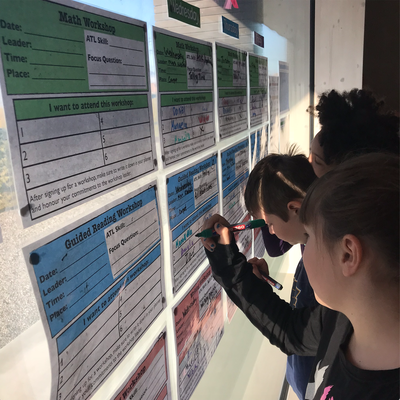
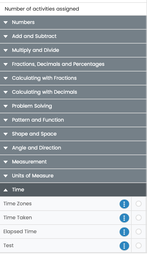
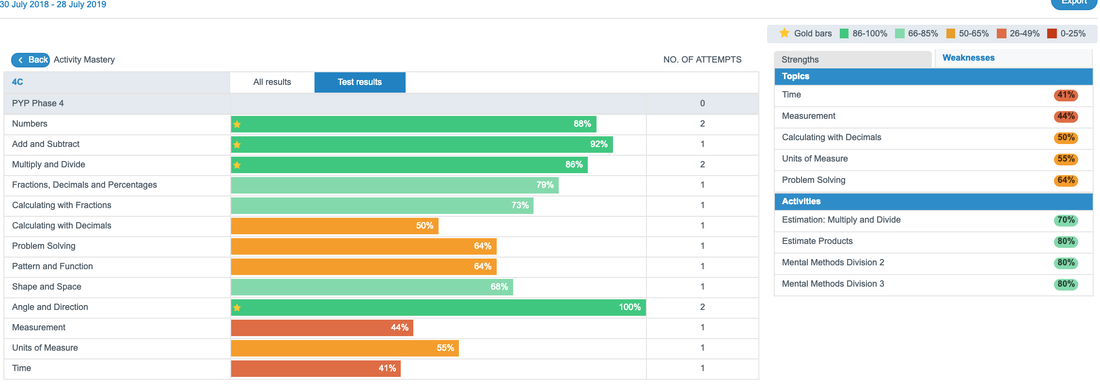
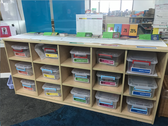
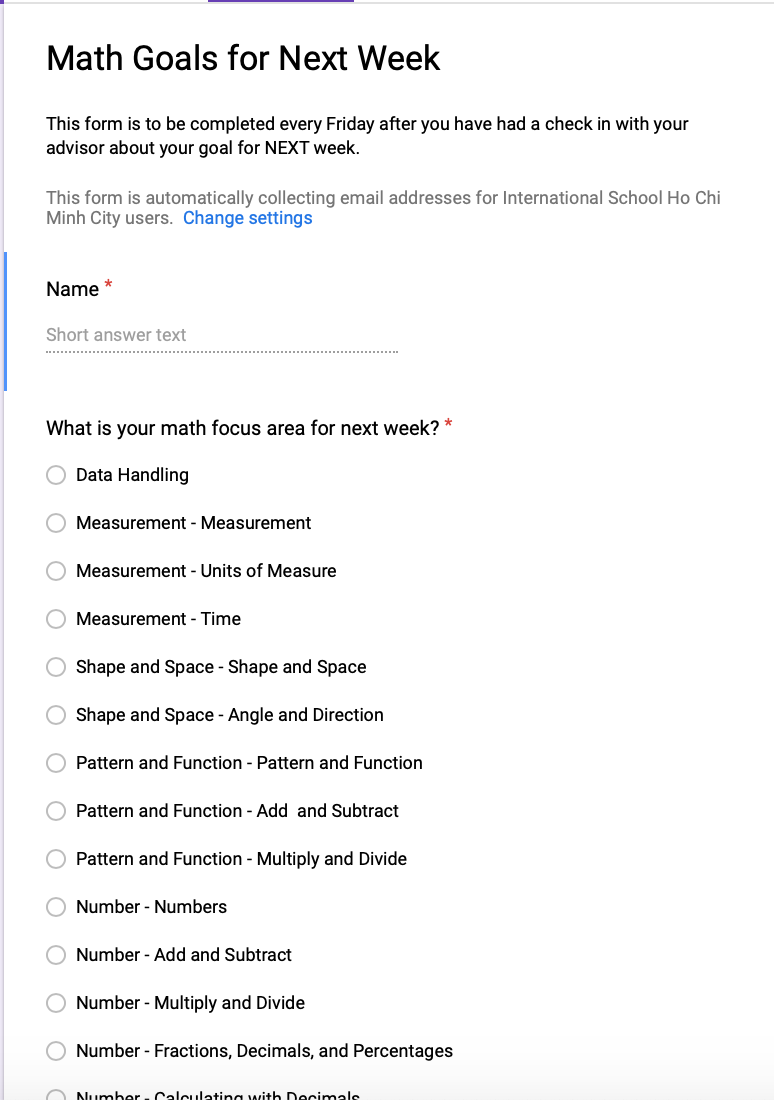
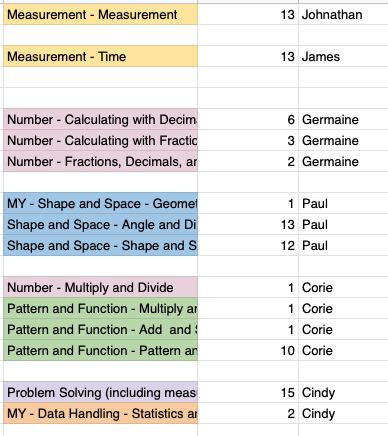

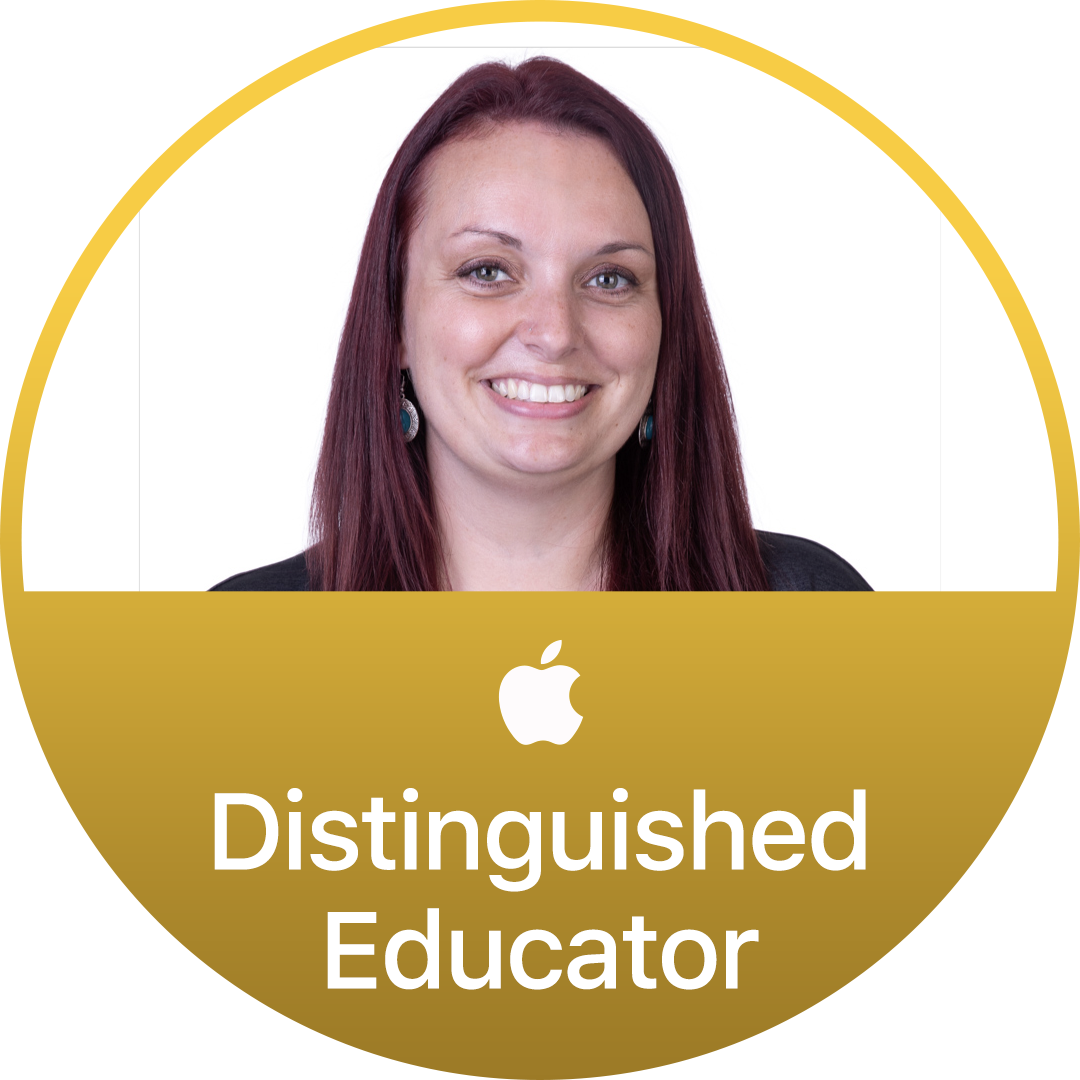


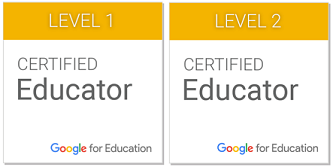
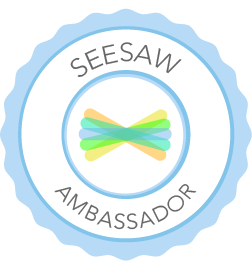
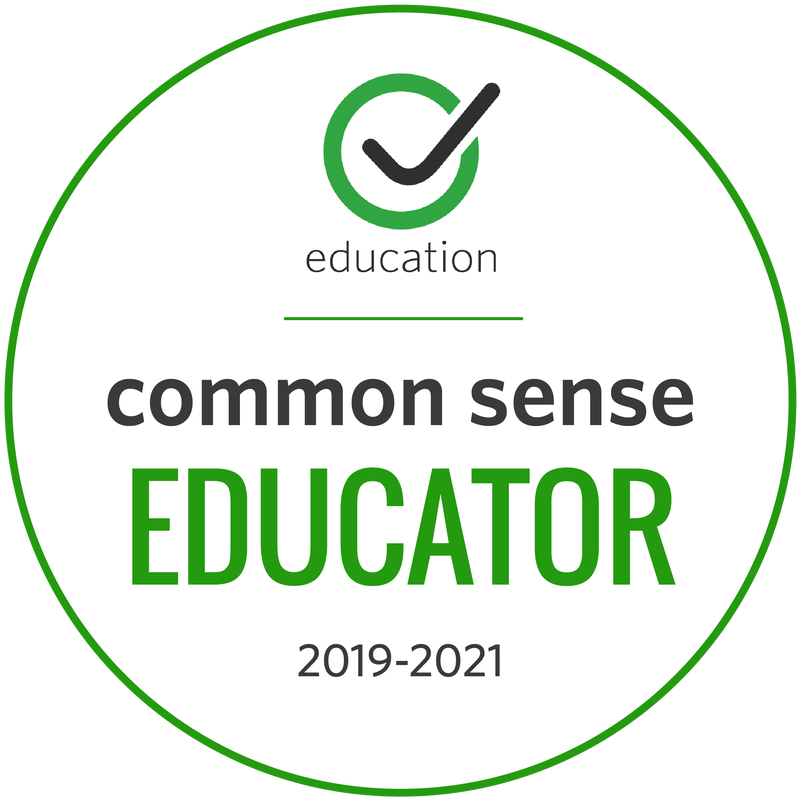
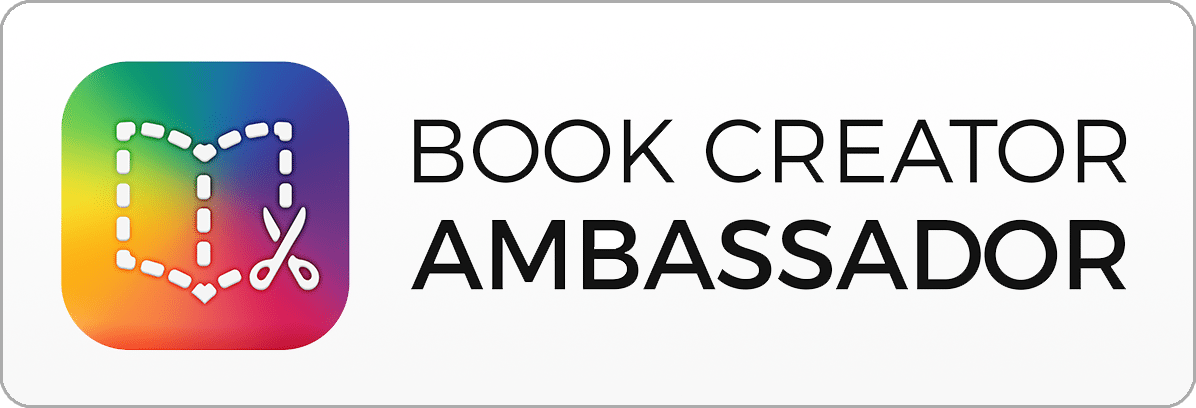

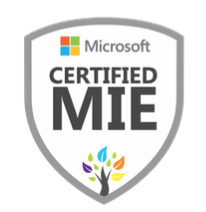
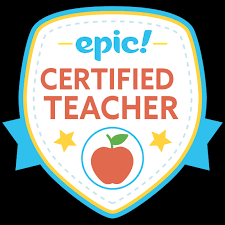

 RSS Feed
RSS Feed